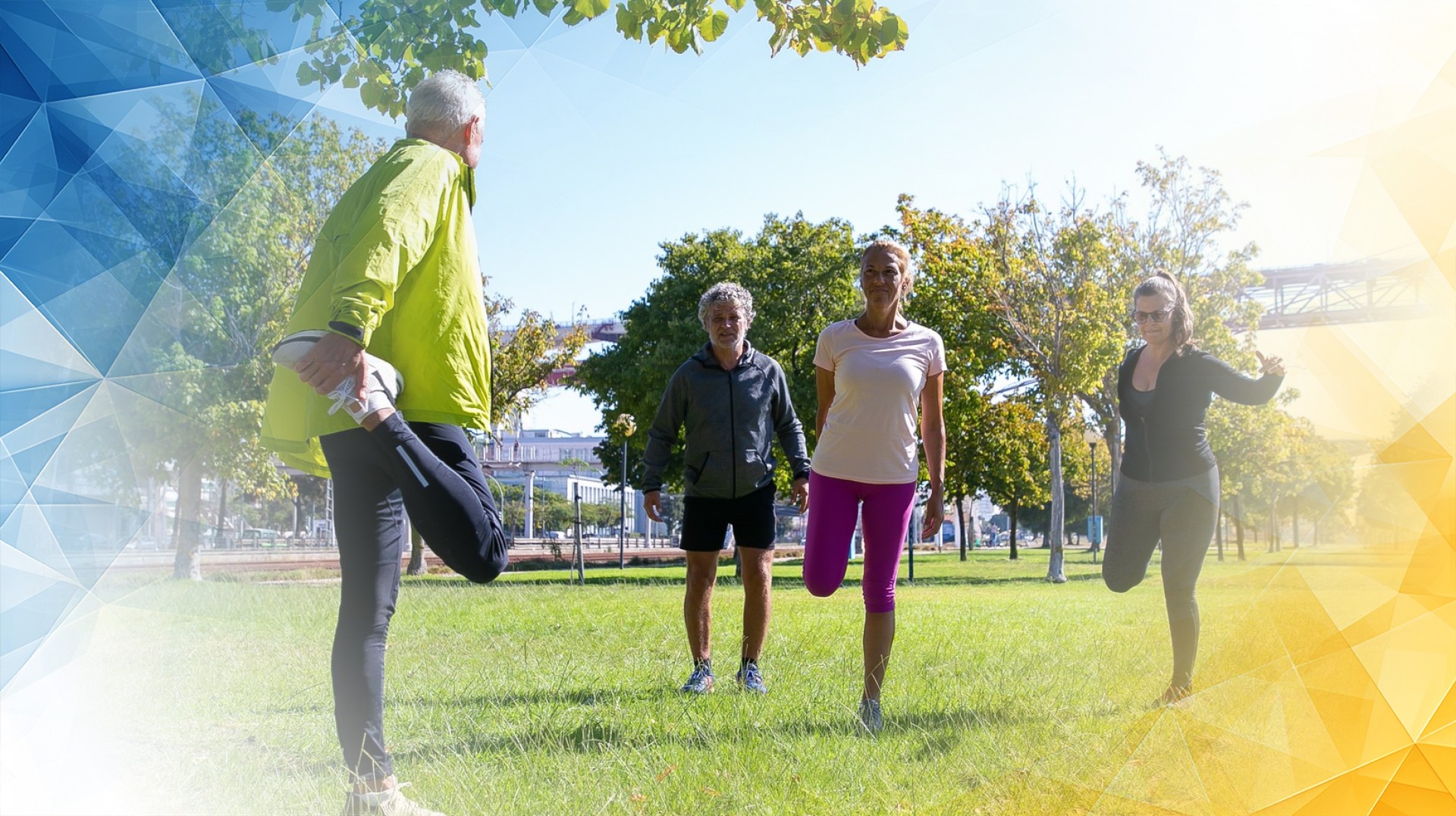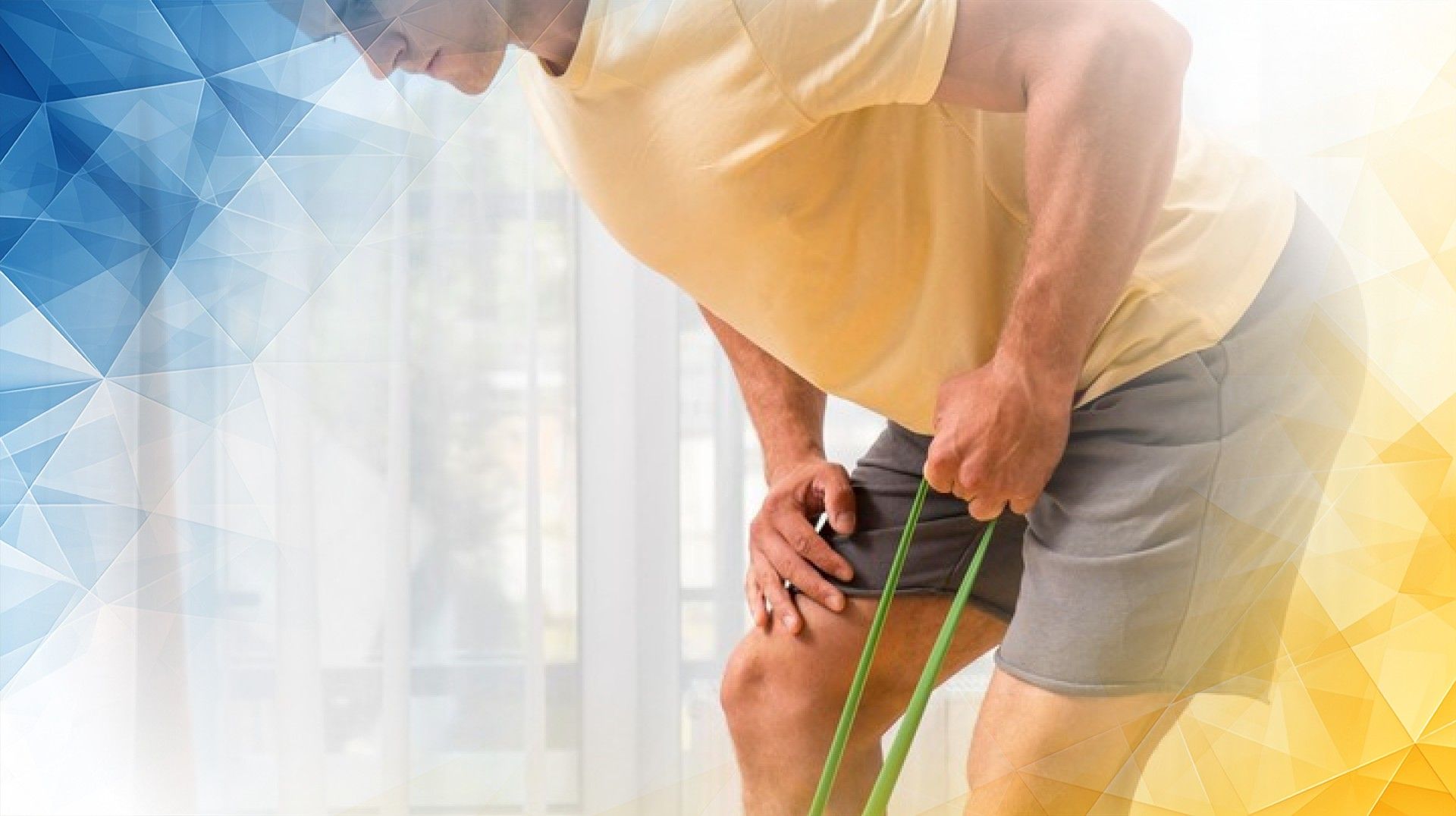



Introduction
The medial collateral ligament (MCL) is a vital structure located on the inner side of your knee, helping to keep the joint stable during movement. When this strong band of tissue gets stretched or torn—a common occurrence, especially in sports—it can lead to significant knee pain and trouble moving normally. Recognising the signs of an MCL tear is crucial for getting the right treatment quickly. In this article, we’ll explain what an MCL tear looks and feels like and share the latest strategies for managing pain and supporting healing. This guide draws on recent research and clinical experience to offer clear, useful advice for anyone looking to understand this injury.
The MCL is a sturdy ligament running along the inner side of the knee, connecting the thigh bone (femur) to the shin bone (tibia). Its main job is to prevent the knee from bending too far inward and to stabilise your leg during movement. You can think of the MCL as a strong rope that keeps the knee from buckling sideways.
Every time you walk, run, or twist, your MCL helps distribute the forces passing through your knee, allowing smooth and safe movement. If the MCL is injured, your knee loses its natural stability, increasing the risk of further problems. Even a partial tear can disrupt your knee’s function and, if not treated properly, may lead to longer-lasting issues. Because MCL injuries can sometimes be confused with other knee problems, it’s important to have a careful and thorough assessment to get the proper diagnosis and treatment.
If you hurt your knee , knowing the typical symptoms of an MCL tear can help you decide what to do next. Most people experience pain along the inner side of the knee shortly after the injury. This area may also become swollen and tender. Many describe a feeling of the knee ‘giving way’ or feeling unstable, particularly when walking or bearing weight.
Pain often gets worse with movements such as twisting, bending, or shifting the knee sideways. Swelling is a result of inflammation or sometimes minor bleeding within the joint, and you might notice that it’s difficult to fully bend or straighten your knee.
These signs appear because the damaged ligament can no longer support your knee as it should, putting extra strain on other parts of the joint. Recognising these symptoms early is essential—you can then seek effective treatment before the injury becomes a bigger issue. Early assessment and intervention are key to a better recovery.
Prompt diagnosis is important when dealing with an MCL tear . A medical professional will examine your knee and may recommend an MRI scan to get a clear picture of the ligament and surrounding tissues. This helps pinpoint the severity and type of injury you have.
Most MCL injuries heal well without surgery. The initial treatment usually involves the RICE method—rest, ice, compression, and elevation—to manage pain and swelling. Once the pain begins to settle, physiotherapy becomes essential. A physiotherapist can guide you through exercises to strengthen your knee , improve flexibility, and restore balance and coordination.
In cases where the tear is severe or if other ligaments are also injured, surgery might be considered. Newer treatments, such as platelet-rich plasma (PRP) therapy, are also being explored to help speed up recovery by using your body’s own healing factors.
The focus of modern treatment is to customise your care based on your specific injury and your lifestyle, aiming for a safe and speedy return to activity. For those who are highly active or have complex injuries , early surgical repair may sometimes be recommended to help you get back to your usual routines more quickly and with a lower risk of long-term issues.
In summary, being able to identify the signs of an MCL tear —pain, swelling, instability, and difficulty moving your knee—is the first step to getting better. Early diagnosis and professional advice can make a big difference in how well and how quickly you recover.
Most people make a full recovery with rest and physiotherapy , but it’s important not to rush back into sports or heavy activity too soon. If you continue to have pain, instability, or other problems, don’t hesitate to check back with your healthcare provider, as further evaluation or different treatments may be needed. Acting early and following expert guidance can help you avoid long-term complications.
By understanding your injury and knowing about current treatment options, you can play an active role in your recovery and safeguard the health of your knee for years to come. When it comes to knee pain , timely action and informed care really make a difference.
Almeida, J., Morais, A. I., Almeida, M. J., Nevès, N., Dias, C. M., & Ribeiro da Silva, M. (2025). When a fall leads to an unusual injury: rare combination of a partial triceps tendon rupture and a proximal avulsion of the medial collateral ligament. BMJ Case Reports, 18(4), e265578. https://doi.org/10.1136/bcr-2025-265578
All our treatments are selected to help patients achieve the best possible outcomes and return to the quality of life they deserve. Get in touch if you have any questions.
At London Cartilage Clinic, we are constantly staying up-to-date on the latest treatment options for knee injuries and ongoing knee health issues. As a result, our patients have access to the best equipment, techniques, and expertise in the field, whether it’s for cartilage repair, regeneration, or replacement.
For the best in patient care and cartilage knowledge, contact London Cartilage Clinic today.
At London Cartilage Clinic, our team has spent years gaining an in-depth understanding of human biology and the skills necessary to provide a wide range of cartilage treatments. It’s our mission to administer comprehensive care through innovative solutions targeted at key areas, including cartilage injuries. During an initial consultation, one of our medical professionals will establish which path forward is best for you.
Contact us if you have any questions about the various treatment methods on offer.
Legal & Medical Disclaimer
This article is written by an independent contributor and reflects their own views and experience, not necessarily those of londoncartilage.com. It is provided for general information and education only and does not constitute medical advice, diagnosis, or treatment.
Always seek personalised advice from a qualified healthcare professional before making decisions about your health. londoncartilage.com accepts no responsibility for errors, omissions, third-party content, or any loss, damage, or injury arising from reliance on this material. If you believe this article contains inaccurate or infringing content, please contact us at [email protected].